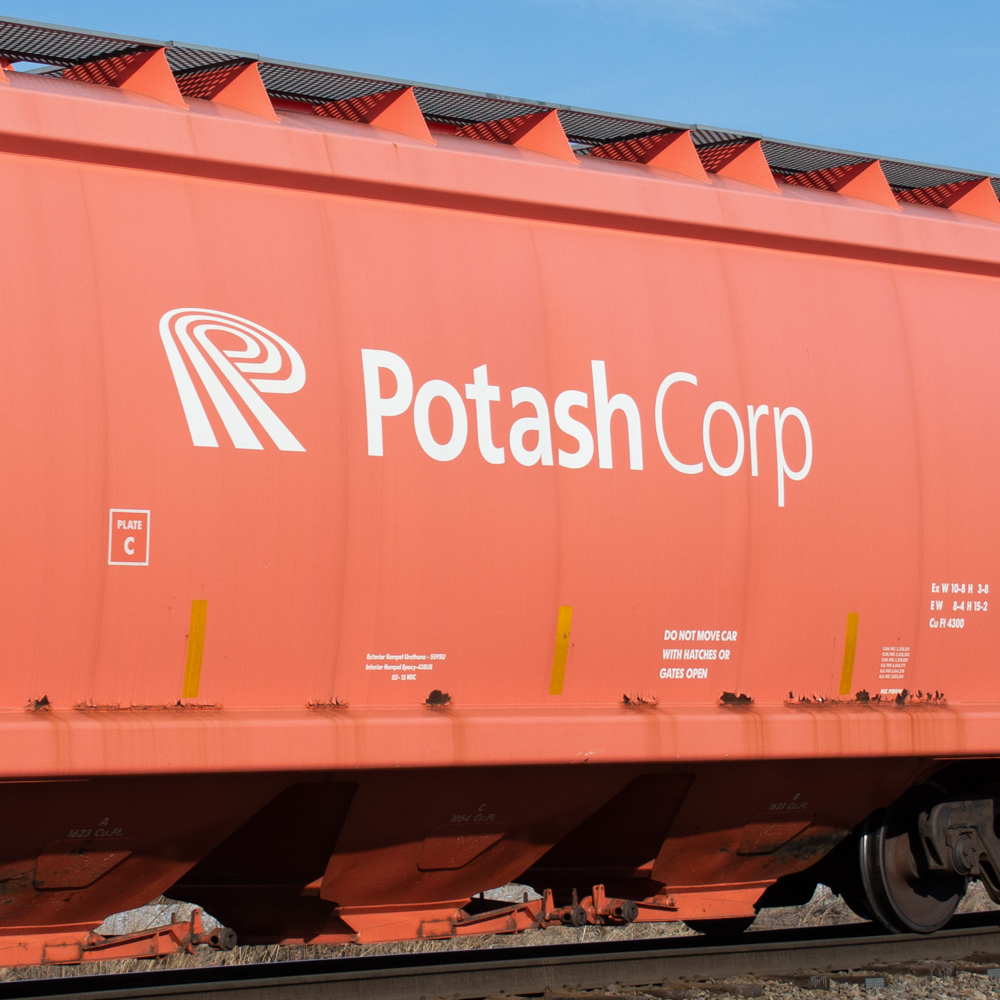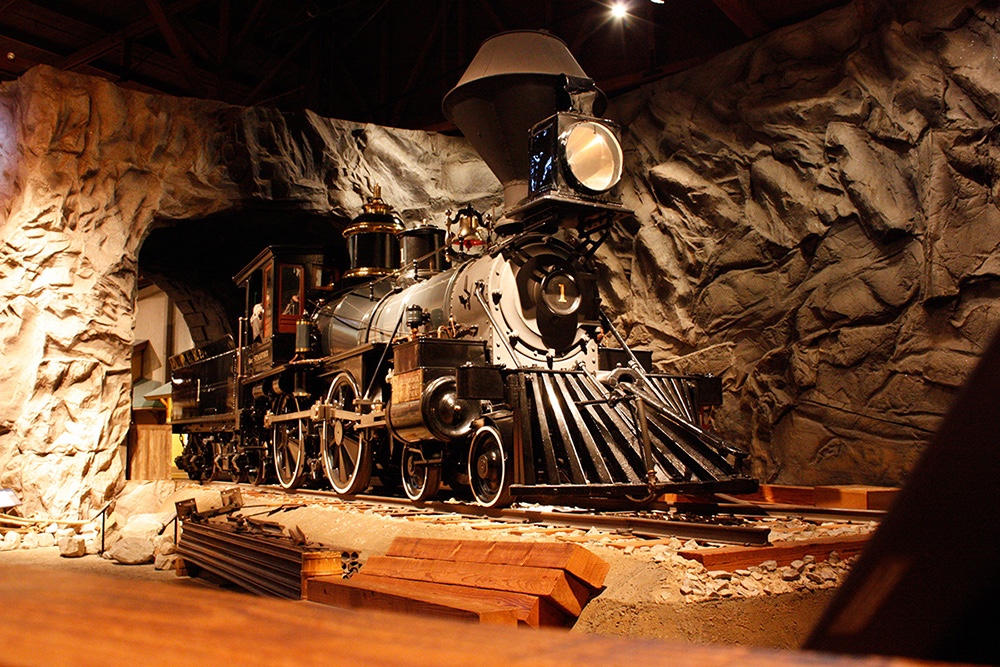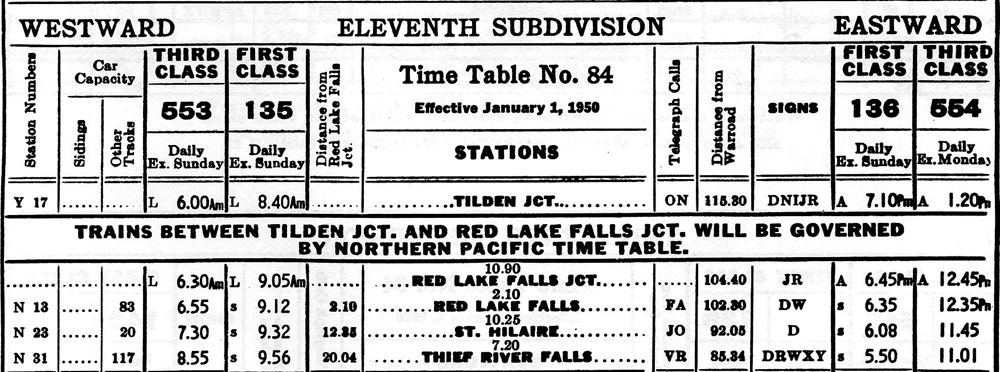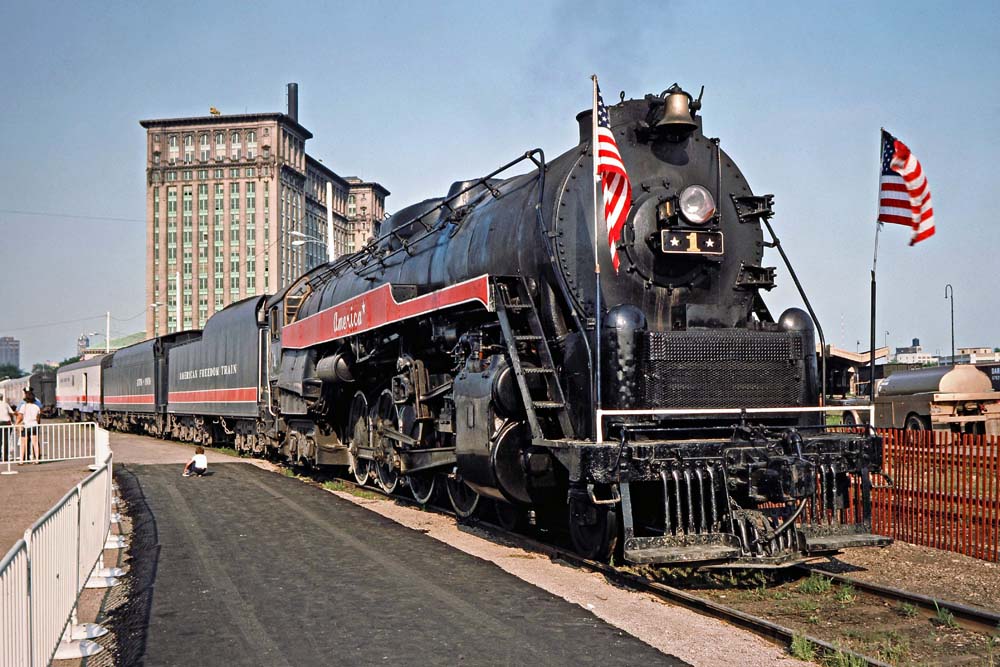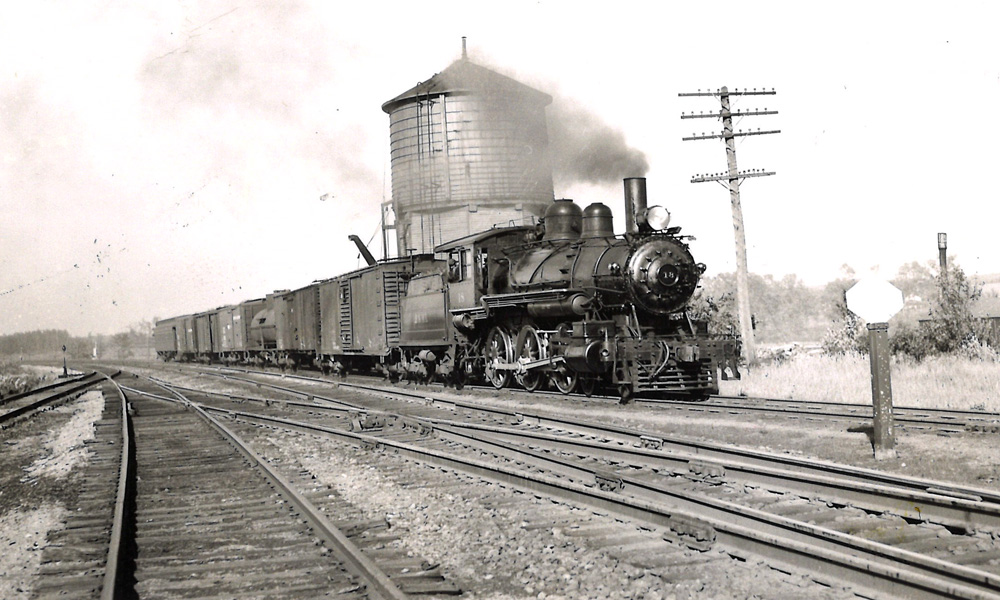
Q: I’m interested in modeling a Maine short line in HO scale. What can you tell me about the Belfast & Moosehead Lake RR in the steam era? – Joel Norman
A: The Belfast & Moosehead Lake looks like a great subject for someone interested in modeling a Maine short line, especially if you’re intrigued by the state’s rural short lines but aren’t interested in modeling 2-foot narrow gauge. A standard gauge railroad from its completion in November 1870, the B&ML was for more than 100 years majority owned by the city of Belfast.
Starting in 1870, the B&ML was leased by the Maine Central (MEC), which connected to the B&ML at its northwestern terminus of Burnham Junction, and operated as its Belfast Branch until 1925. The line did bustling business at first, hauling mostly poultry feed from the MEC interchange to agricultural dealers along the route, plus smaller amounts of coal, lumber, leather, fish oil, and fertilizer. Northbound freight originated mostly at Belfast, a small coastal fishing town, consisting mainly of processed fish, shoes, and other manufactured goods. Other sources of revenue were milk from a large creamery at Unity, Maine, and other farm products from towns along the way. Passengers and mail were carried on a coach or combine tacked onto the end of two of the line’s three daily freight trains.
Sanborn fire insurance maps of Belfast from 1923 (available online from the Library of Congress) show a railroad serving a busy, prosperous waterfront. Major rail-served industries in the city include the Coe Mortimer Co. fertilizer plant, Cooper & Co. lumber and cement dealer, Lubec Sardine Co., and Consumers Fuel Co. (coal and wood), all of which also had interesting to model waterfront operations. Other smaller businesses along the Belfast waterfront included a wholesale grocer, an oil dealer, and a number of small warehouses, grain elevators, and lumber sheds.
But as the line’s profits started to decline, the MEC backed out of its lease in 1925, turning the B&ML back to its majority stockholder, the City of Belfast. The railroad soldiered on, acquiring its own steam locomotives (an assortment of Moguls, 4-4-0 Americans, and Ten-Wheelers) and running trains under its own name for the first time. It wasn’t long, though, before the Great Depression dealt the line a severe blow. Passenger traffic bounced back during World War II, thanks in part to wartime rationing of gasoline and rubber tires for automobiles. Food and dairy products shipped overseas for the war effort was another bright spot. But after the war, it became clear the railroad would have to modernize to survive. The steam fleet was sent to the scrapper, and three new General Electric 70-tonners replaced them. Their efficiency turned the tide, making the road so profitable it was able to pay off the diesels entirely in 1950.
As passenger traffic continued to decline, the railroad concentrated on its freight business, ending passenger service entirely when it lost its Railway Post Office mail contract in 1960. The main traffic at this time was poultry feed, an industry which was booming in Maine, as well as milk and pulpwood.
The railroad lost its contract to haul milk from the creamery at Unity in 1959, but the poultry business and other industries that sprang up along the line kept it profitable until the 1980s. The poultry industry then started moving out of the state for warmer climes, with the last processing plant closing its doors in 1989. The B&ML was soon left with no freight shippers at all and turned to running tourist excursions to survive. The City of Belfast sold its stake in B&ML in 1991, but bought its valuable waterfront land, leasing it back to the railroad on favorable terms as long as it continued to produce sufficient revenue. However, it failed to do so, and eventually missed a few lease payments. The city evicted the railroad from its Belfast facilities in 2005 and the railroad ceased operations in 2007. Two years later, though, preservationists reopened the line as an excursion railroad, which still runs today.
More information about the B&ML is available from the websites American Rails, Wikipedia (which includes a locomotive roster), and the Central Pacific RR Photographic History Museum. The latter includes links to track and structure diagrams of the line at Belfast, City Point, Waldo, Brooks, Knox, Thorndike, Unity, and Burnham Junction, an invaluable resource to anyone considering modeling a Maine short line.
Send us your questions
Have a question about modeling, operation, or prototype railroads? Send it to us at AskTrains@Trains.com. Be sure to put “Ask MR” in the subject.






